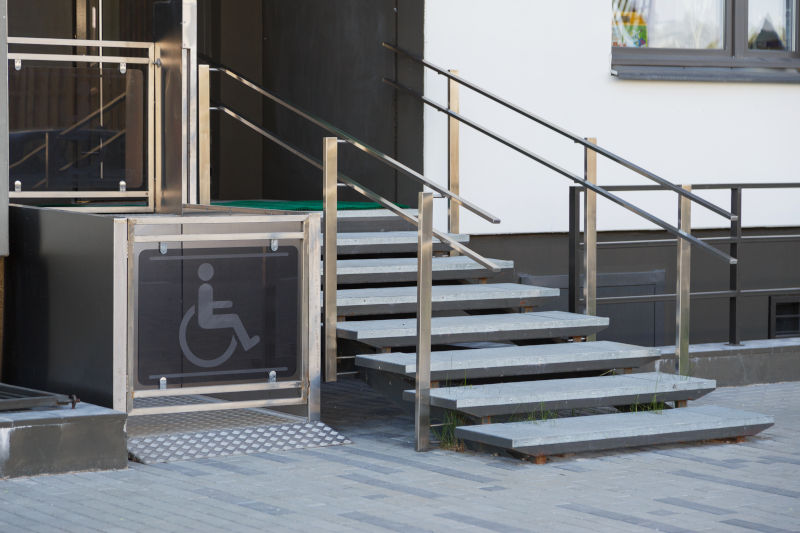
In Australia, all public buildings and places must be accessible to people who have a disability. This applies to everything from shops and cafes, to sports clubs and beauty salons, including walkways, car parks, entryways, and public toilets.
Whether you run a large chain of fast food stores or you own a small boutique shop, it’s important to ensure that your building is compliant with disability standards in Australia to avoid legal and financial repercussions.
Complying With The Disabilities Act & Australian Building Code
Australian legislation states that any public places must be accessible to people with disability. In addition, the disability discrimination act states that a person with disability has the right to easy and safe access to places used by the public including footpaths, walkways, restaurants, cafes, shops, the list goes on.
To ensure that your building is compliant with disability standards in Australia, you need to provide dignified, equitable access into the building, as well as uninhibited access to all products, services, and amenities within the building. When ensuring that your building is easily accessible for people with a disability, consider how you will accommodate not only those with mobility issues, but also vision and hearing impairments.
Multi-Level Access
The most obvious place to start when making a building accessible is providing multi-level access for people with a disability. Whether there is a step at the threshold of the building or a stairway to reach a second floor, you will need to provide an alternative access solution for less-abled patrons.
To comply with Australian disability standards, disability access cannot include stairs, turnstiles, revolving doors, escalators, or anything else that would make access difficult or impossible for a person with disability.
Choosing the right access solution will depend on the barrier that you need to overcome. For example, if there is only a kerb or small step hindering access to your building, a small ramp will suffice. Alternatively, for areas that are only accessible through a set of stairs, a vertical platform lift or platform stair lift may be a more practical solution. Or, if you need to provide access to one or more upper levels of the building, an enclosed shaft lift is the way to go.
If you’re not sure which access solution is right for your building, contact your local disability access specialists at Axis Lifts on 1300 002 947. As Queensland’s largest lift company, we will provide you with expert advice on the best access solution to fit your requirements and budget.
Car Park Access
As well as providing access to your building, if your business has a designated car park you must also provide disability parking. Each disability parking spot must be clearly marked with a white symbol of access on a blue rectangle, and positioned close to the premises with reasonably achievable access to the closest entrance. To find out how many disabled parking spots you are required to provide click here.
In addition, if you have an underground or upper level car park you will need to provide disability access to the ground floor. This is typically achieved via an external enclosed shaft platform lift.
Bathroom Access
Whether you have a single toilet for public use or separate male and female toilets with multiple stalls in each, your restroom must be accessible to people with disabilities. If you have multiple toilet stalls, at least one must be accessible for people with disabilities. When making your restroom accessible, consider not only the space required to accommodate a wheelchair, scooter, or walker, but also the height and type of door handles, buttons, locks, sinks, and other fixtures.
Signage
Finally, to accommodate visitors with visual or hearing impairments it’s important to provide signs, both visual and tactile (braille), to inform people of relevant information, hazards, and warnings (for example, signs indicating the levels on a lift). Additionally, alarms set to alert people of potential hazards or danger need to be both audible and visual to ensure that everyone is alerted to the danger.
For more information on the Disability Discrimination Act and Australian Building Codes visit the following Australian Government websites:
https://www.humanrights.gov.au/our-work/disability-rights/dda-guide-ins-and-outs-access



